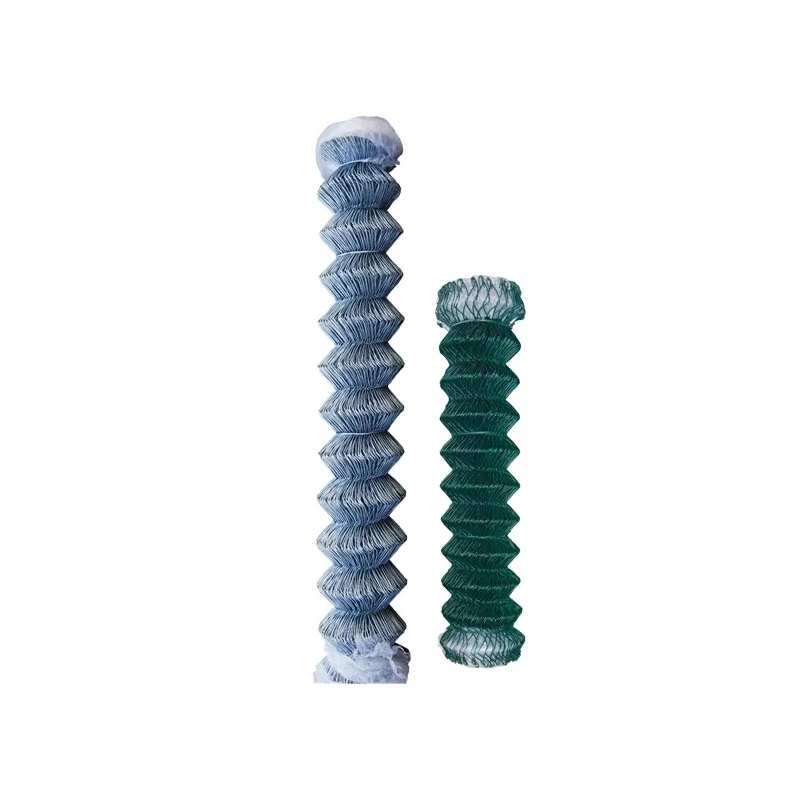
- Mobile Phone
- +8613931874955
- sales@cntcmetal.com
Understanding the Role of Butterfly Cavity Wall Ties in Construction Stability
Understanding Butterfly Cavity Wall Ties A Comprehensive Guide
In the realm of construction and architecture, the integration of various structural components is key to ensuring the safety, stability, and durability of buildings. One such component, often overlooked but critical to the integrity of cavity wall systems, is the wall tie. Among the different types of wall ties, butterfly cavity wall ties are gaining attention for their unique design and practical benefits. This article explores what butterfly cavity wall ties are, their features, installation processes, and their significance in construction.
What are Butterfly Cavity Wall Ties?
Butterfly cavity wall ties are specialized connectors used in cavity wall construction, where there are two separate wall layers with a gap (the cavity) between them. These ties are designed to connect the inner and outer walls, providing stability while allowing for slight movements due to temperature changes, wind pressure, or building settlement. The butterfly name derives from their distinct shape, which resembles butterfly wings, providing a larger surface area that distributes loads more effectively than traditional wall ties.
Features of Butterfly Cavity Wall Ties
The key characteristics of butterfly cavity wall ties include
1. Design and Shape The butterfly shape enhances the tie's load-distributing capabilities. This is crucial in buildings subject to various environmental pressures.
2. Material Typically made from stainless steel or galvanized steel, butterfly ties possess exceptional resistance to corrosion. This durability contributes significantly to the longevity of the construction.
3. Flexibility These ties are designed to accommodate slight movements in the building structure, reducing the risk of cracking or structural failure.
Installation Process
butterfly cavity wall ties

Installing butterfly cavity wall ties follows a systematic approach to ensure effectiveness
1. Planning Before installation, architects and engineers assess the wall configuration and load requirements, determining the optimal spacing and quantity of wall ties.
2. Placement During wall construction, the ties are positioned in the cavity, connecting the inner and outer wall layers. They are usually installed at regular intervals, often around 600mm vertically.
3. Fixing The ties are anchored securely in both the inner and outer walls using mortar, ensuring a solid connection. Adequate anchorage prevents potential detachment under load.
4. Inspection After installation, a thorough inspection is necessary to confirm the ties are correctly positioned and securely fastened.
Importance in Construction
Butterfly cavity wall ties play a vital role in maintaining the structural integrity of cavity wall systems, which are prevalent in modern architecture. Their design allows for efficient load distribution, reducing the risk of wall instability or failure. By providing essential support, these ties help protect against factors such as moisture ingress, thermal expansion, and wind load.
Moreover, the longevity and durability of butterfly cavity wall ties contribute to the overall sustainability of a building. Their resistance to corrosion minimizes maintenance needs, ensuring that structures remain robust over time.
Conclusion
In conclusion, butterfly cavity wall ties are a vital component in the construction of cavity wall systems, offering significant advantages in terms of structural stability and durability. Their unique design, combined with robust materials, ensures that buildings can withstand the test of time and environmental pressures. As the construction industry continues to evolve, understanding and utilizing effective components like butterfly cavity wall ties will remain essential for creating safe, sustainable, and resilient structures.
share:
-
Your Source for Concrete Wall Ties and Masonry AccessoriesNewsJul.10,2025
-
Unlocking the Power of Iron Wire for Every ProjectNewsJul.10,2025
-
Explore Advanced Chain Wire and Stainless Steel Mesh FencingNewsJul.10,2025
-
Discover the Benefits of Annealed Wire ProductsNewsJul.10,2025
-
Discover China Stainless Steel Wire Mesh SolutionsNewsJul.10,2025
-
Build with Confidence Using High-Performance Masonry AccessoriesNewsJul.10,2025
-
Why Sacrificial Formwork Is Redefining Underground ConstructionNewsJun.06,2025



















